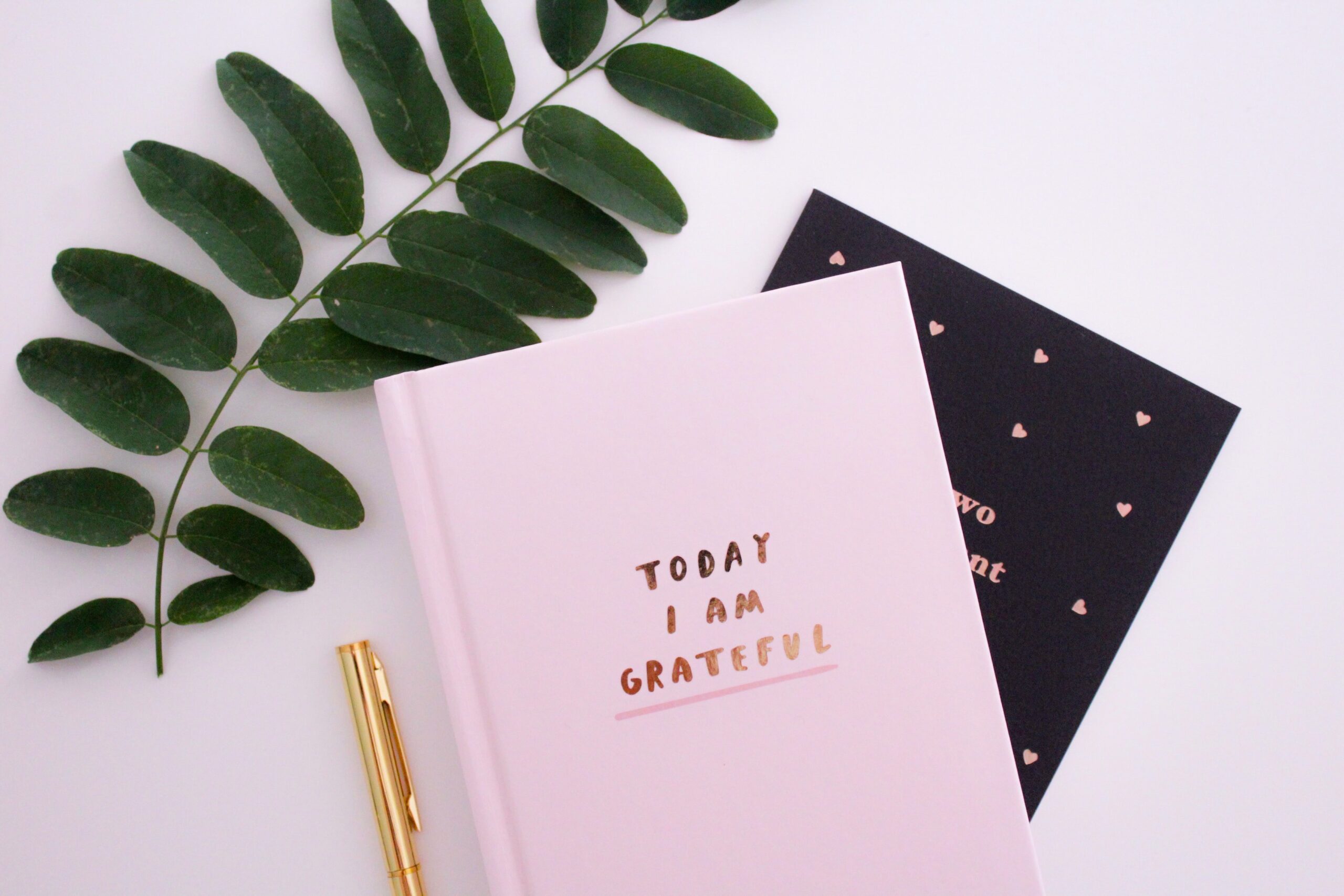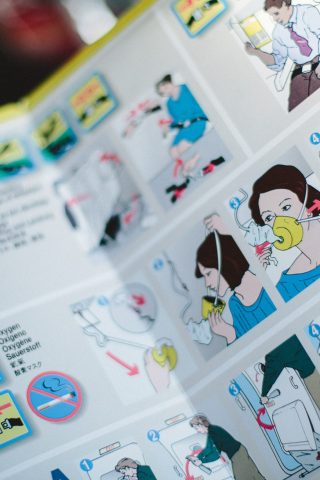Organise your ideas with a graphic organiser
What are Graphic Organisers?
A graphic organiser provides a method for learners to organise their ideas before they express their thoughts in speech or writing.

Recommended by EAL Practitioners
Scaffolding Learning
Graphic organisers are a useful tool that can help you scaffold learning. They are recommended by EAL practitioners and researchers, such as Jerome Bruner, Pauline Gibbons and Derryn Hall.
Some graphic organisers may also be referred to as concept maps or mind maps, though the latter term is not often used in recent years.
Whether they are concept maps or four square strategy pages, graphic organisers provide a visual method for all learners to organise their ideas. Graphic organisers can be particularly beneficial for EAL (English as an Additional Language,) learners because they provide a structured and visual approach to learning that supports language acquisition, comprehension, and retention.


Easier for learners to comprehend
Benefits for EAL Learners
For EAL learners, understanding and retaining content from written texts can be difficult, especially if the language is challenging. Graphic organisers provide a way to break down the text into its key components, making it easier for learners to comprehend and summarise what they’ve read.
For example; a bilingual word bank could list key terms with their translations in both English and the learner’s primary language, helping them connect new vocabulary with what they already know.
As learners see how graphic organisers help them understand and retain information, they become more confident in their language abilities. By seeing their progress through visual representation, learners gain a sense of achievement and motivation.
A versatile and effective tool for learning
3 Reasons to Use Graphic Organisers
Graphic Organisers are one of the most versatile and effective tools for learning, organising, and communicating ideas. Whether you’re a student, teacher, parent, carer, professional, or just someone trying to get more organised, graphic organisers can be a game changer for how you process, structure, and remember information. Here’s three reasons why you should consider using them:
At their core, graphic organisers help you break down complex concepts into bite-sized, manageable chunks. They allow you to visually map out information, which helps clarify connections and structures that may be difficult to understand in a traditional text format.
Example Use: In a science class, instead of reading through paragraphs of text, you could use a Venn diagram to visually compare and contrast the characteristics of different ecosystems.
Graphic organisers help you organise your thoughts, whether you're gathering ideas, planning a project, or taking notes. They act like a roadmap, keeping your ideas in a logical sequence, which is especially helpful when tackling complex topics.
Example Use: If you're writing an essay, you can use a concept map to organise your writing, supporting points, and examples in a clear, structured way before diving into the bigger writing process.
When you use a graphic organiser, you're often engaging in higher-level thinking — analysing, comparing, synthesising, and evaluating information. These skills are key for problem-solving.
Example Use: A cause and effect diagram can help you break down a complex problem into its root causes and consequences, which aids in identifying effective solutions.


Easy to adapt for different purposes
Examples of Graphic Organisers
Graphic organisers come in all shapes and sizes, and can be customised for virtually any situation. Whether you’re mapping out a timeline of historical events, organising your research, or planning your goals for the year, there’s a graphic organiser for it.
Examples of Graphic Organisers:
- Concept maps: Great for planning and showing relationships between concepts. Some people call these “mind maps”.
- Flowcharts: Perfect for process mapping or decision-making.
- T-charts and Venn diagrams: Ideal for comparing and contrasting two things.
- K-W-L charts: Help you set learning objectives by outlining what you Know, what you Want to know, and what you’ve Learned.
Graphic Organiser Resources
Graphic organisers can be used across all age groups and disciplines — from primary-aged pupils learning how to structure stories to university students and professionals organising complex projects.